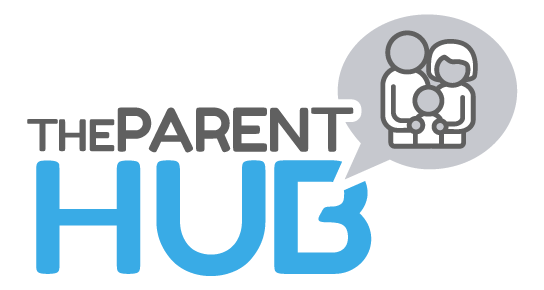Shortly after “Ruth” turned 18, several significant things happened. She met the teenage boy that would capture her heart and run up her phone bill. She didn’t know it at the time, but she would marry that boy. She was in college and firmly decided on a major. Ruth was in the best shape of her life. She finished a season of cross-country in college that was intense. She was trim, fit, and healthy.
Ruth spent her days in a flurry of activity. She liked to be active, spend time with her boyfriend, attend church activities, and study hard to make good grades. Ruth learned responsibility in college, from getting to classes on time and being accountable for her work. Ruth managed the transition from high school to college well; in fact, Ruth took college much more seriously than high school.
Ruth saw a bright future for herself. She didn’t have an exact plan in front of her. But at 18, she vaguely knew what she wanted in the future: a master’s degree, a husband, a job she enjoyed, and children.
Image from @videmusart from Unsplash
“Emma” was on another path altogether. When Emma turned 18, she was already enrolled in a school for students with more significant disabilities. Emma took classes at school that taught cooking, life skills, and pre-vocational activities. She went with her class to a local grocery store once a week to learn to shop and use money. With Emma’s Intellectual Disability, she had no driver’s license or job and struggled to be understood by others unfamiliar with her speech patterns.
Emma’s health had been plagued by heart and lung problems all her life. She was on a dozen or so medications to keep her well. At 18, Emma was diagnosed with heart failure. Her favorite foods like Chinese, pizza, or any type of fast food became a rarity as a low sodium diet was instituted. If she noticed the change her mother made for her, Emma rarely complained.
Emma’s life appeared to be happy but some may feel it was limited. Her social life centered on friends at school and extended family. Friends, cousins, and grandparents took her to different places several times a year. As far as boys were concerned, Emma didn’t seem to notice them. She seemed to love everyone, especially her best friend and cousin. Emma also loved attending church and was not afraid to belt out a worship song.
Emma’s future was hard to imagine. If she had dreams and goals, she was unable to express that to others. She was content to be at home with her family or home health nurses, who often assisted her at night. Emma’s family wanted the best life for her but they knew complete independence would not be possible for her.
Ruth and Emma could not have been more different. Yet, they have so much in common. They both had strong family support and connections to church that helped them find love, joy, and faith through differing levels of adversity. They both wanted to live life to the fullest.
Yet, obvious differences exist between these two women. Ruth had professional goals in mind, with a plan to achieve them. Emma had goals written in an I.E.P. with a team of supporters helping her make progress towards them. Both were on their own paths, hoping to accomplish what they could. Despite their differences, it might be hard to imagine that Ruth and Emma have the same blood coursing through their veins.
When Ruth was 25 years old, she gave birth to Emma. Ruth could have never imagined that she would have given birth to a child with Down syndrome and AV canal heart defect. When Ruth was dreaming of her life so many years ago, she could have never imagined all the medical terminology she learned, research she completed, and trips to places like the Mayo Clinic to seek answers for her daughter’s health problems. Ruth never thought that she would one day have an 18-year-old daughter who needed her so much.
When Ruth was younger and imagining her future life, she did not know things would turn out like they did. She did not understand what a powerful motivator love would be. Love for her child would empower her when she was weak, press her forward when she wanted to give up, and seek out answers when she reached a dead end.
Ruth could not do it alone. That boy who gave her butterflies at 18 was still her love when Ruth was forty-something. He was a strong supporter, a great listener, and a faithful partner. Together, they raised Emma and a son.
Despite all of life’s unpredictable situations, Ruth likes to have a plan and a backup plan. She’s always been that way. There is no set plan for Emma’s life. Sometimes, that’s hard for Ruth. When Ruth reflects on the ups and downs of her life over the years, she tries to picture what her daughter will be like at those ages. She often comes up blank. But she prays Emma lives a long, healthy life. She prays that Emma is happy and surrounded by people who will love and tenderly care for her. Ruth also hopes to hear Emma singing in church for many years to come.
Evana “Ruth” is a wife and mother of two children, Elijah and Jaycee “Emma.” Evana is a pediatric speech-language pathologist and serves children with autism, feeding disorders, and other developmental delays. You can connect with Evana on Twitter, Facebook, and her blog, A Special Purposed Life. You can also read more about her family’s story in her book, Badges of Motherhood: One Mother’s Story about Family, Down syndrome, Hospitals, and Faith.
Source: Special Needs Parenting- Key Ministry






